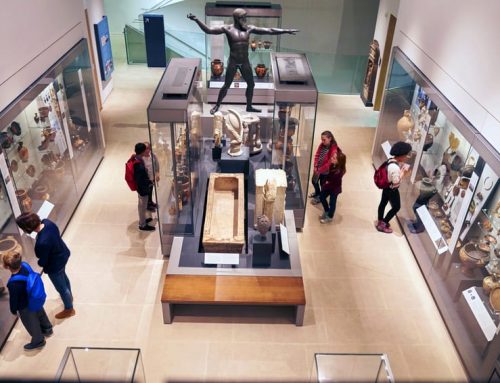2%
Net Margin Improvement
The Challenge
Like most operators in the QSR and Fast Casual space, the client had an almost constant flow of promotional offers but did not have a scientific way to measure promotional effectiveness.
To tackle the problem, the restaurant chain needed to develop a model to measure the impact of their promotions by leveraging their data and advanced analytics.
The client wanted to:
- Conduct an in-depth analysis of their past promotions
- Add a Promotional Pricing module to the existing pricing tool
QSR & Fast Casual
Most operators in QSR and Fast Casual have a strong promotional culture that can negatively impact their revenues in the long run. Often times, restaurants launch limited time offers during predefined promotional “windows” in order to attract guests, build loyalty or test new products. However, measuring the effectiveness of a given promotion, let alone a set of promotions going on during the same promotional window, remains challenging for the industry.
The client was a regional US restaurant chain with annual revenue of approximately $1B. They had already optimized their menu prices by leveraging Pricing Solutions’ advanced analytics and identified their next pain point: promotions. In 10 weeks, the Pricing Solutions team leveraged its advanced modeling skills to develop a robust and reliable way to determine the impact of promotions on the business that resulted in 2% improvement in net margins.
Building a Solution that Fits
To help the client achieve their pricing objectives, Pricing Solutions proceeded in three steps to develop a new model measuring promotional effectiveness.
-
Creating the Analytical Prototype
The Pricing Solutions team started the project by conducting an extensive review of the academic literature on impact analysis. Next, we developed a prototype of the Promotional Effectiveness Model that was based on the “counterfactual” concept, which enabled measuring the effectiveness of past promotions.
A counterfactual is a model that answers the question: “what would have happened without the promotion?” with a high degree of certainty
-
Testing the Prototype and Building the Model
The promotion model was stress-tested to analyze one promotion at a time. The prototype was then expanded to include all promotions and offers going on over the same period:
- Direct and indirect effects were quantified
- Results were reported by category and by item
Following the initial testing, Pricing Solutions finalized the Promotional Effectiveness Model and ran a final test on multiple promotional windows to match the client’s pricing environment.
-
Merging the Model with the Tool
As the final step of the project, the developed model was then added as a module to Pricing Solutions’ existing Menu Price OptimizerTM tool that the client was already using. It allowed the restaurant chain to optimize its entire pricing (menu prices and promotional offers) from a single system.
To give our client confidence in leveraging the model, the Pricing Solutions team conducted a training session to provide the restaurant chain with some guidance on the successful execution of the promotion strategies in the future.

Example of an effective promotion:
actual sales are significantly higher than the counterfactual scenario, showing the positive impact of the promotion

Example of an ineffective promotion:
actual sales are not significantly different from the counterfactual scenario, showing that the promotion had no impact
The Result?
Based on the Promotional Effectiveness Model, the restaurant chain was able to estimate the revenue, margin, traffic impact of running a promotion, or even multiple promotions. The tool predicted about 2% net margin improvement. It allowed the client to compare the effectiveness of several promotions (especially ones that are run concurrently) and answer a key question: which one is driving the most revenue or guest count?
More generally, the model enabled the client to determine the effect of a promotion on the volume of the promoted items as well as all other menu items (substitutes and complements) as well as to predict the revenue impact of promotion and compare with the cost of running it.
The Pricing Solutions Difference
Building an effective promotional effectiveness model for restaurants is challenging. Being able to determine accurately what would have happened without the promotion requires a deep understanding of the foodservice industry, consumer behavior as well as advanced analytical skills.
By leveraging transactional data, cutting edge statistical analysis and deep pricing expertise, Pricing Solutions is able to develop a unique model that answers a critical business question and generate significant value for our clients. In addition, our team conducts tailored workshops and training that ensure internal alignment and provide clients with confidence in implementing future promotions.




